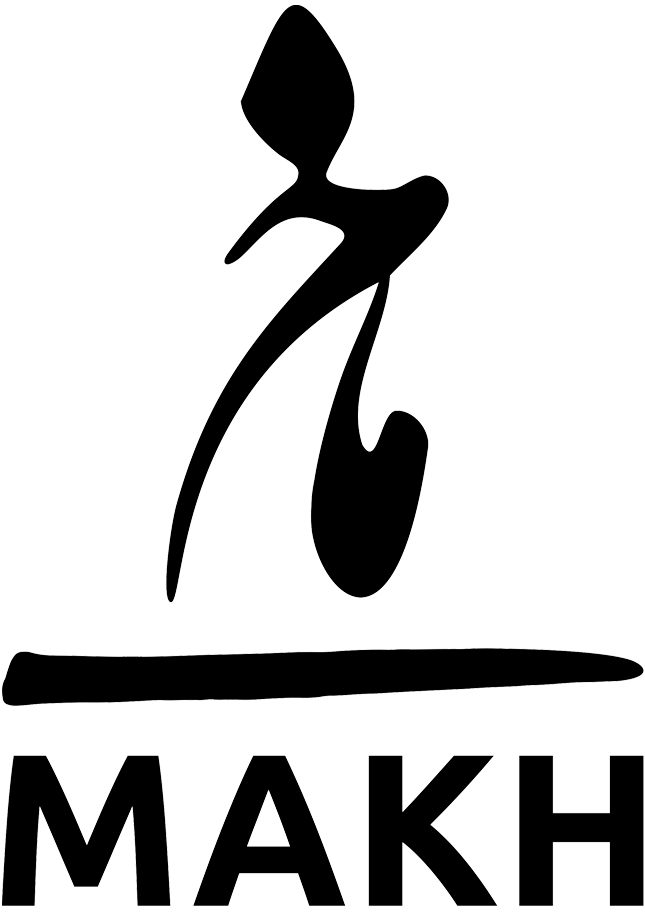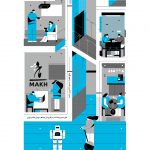

Business in VUCA
Organizations in the VUCA condition can be examined from two aspects:
- Internal operations
- Market connection
In such situations, both external and internal parts of the organization are in crisis.
How to manage the organization’s financial resources in such situations, due to reduced sales and failure to achieve the annual sales target set to have a positive cash flow and growth and development of the organization, is very important.
There are also negative effects of such a crisis on the management of supply value chains, which in many cases lead organizations to downsize.
Internal operations
In the world of VUCA, the pressure and tension from outside the organization are due to bad and unfavorable economic, political and social conditions.
likewise, conditions that have a great impact on internal processes and operations.
When an organization fails to meet its annual target, it will need to replace its annual sales deficit. So this deficit can be offset in two ways:
- Use the financial reserves of the organization
- Reduce and eliminate additional costs and adjust human resource
In conditions of VUCA, usually because of the impossibility of predicting the duration of unstable economic conditions, the financial reserves of organizations can be good support.
But if this situation continues for a long time, it will reduce the financial reserves of the organization.
Moreover, the financial support of the organization will be weak and weak.
Therefore, many organizations prioritize resource management within the organization.
And put costs that do less harm to the organization.
Usually, in such situations, the existence of hardware and software infrastructure helps to make more accurate decisions to eliminate and reduce costs and even human resources.
Consequently eliminating extra parts of the organization is like removing excess body fat, which leads to a more agile organization.
Fats that are not only useless but also cause the organization to slow down and waste energy.
Accurate identification of excess fats is the first step in the process of removing them and injecting and distributing energy to vital parts of the organization to resist stressful and unstable conditions.
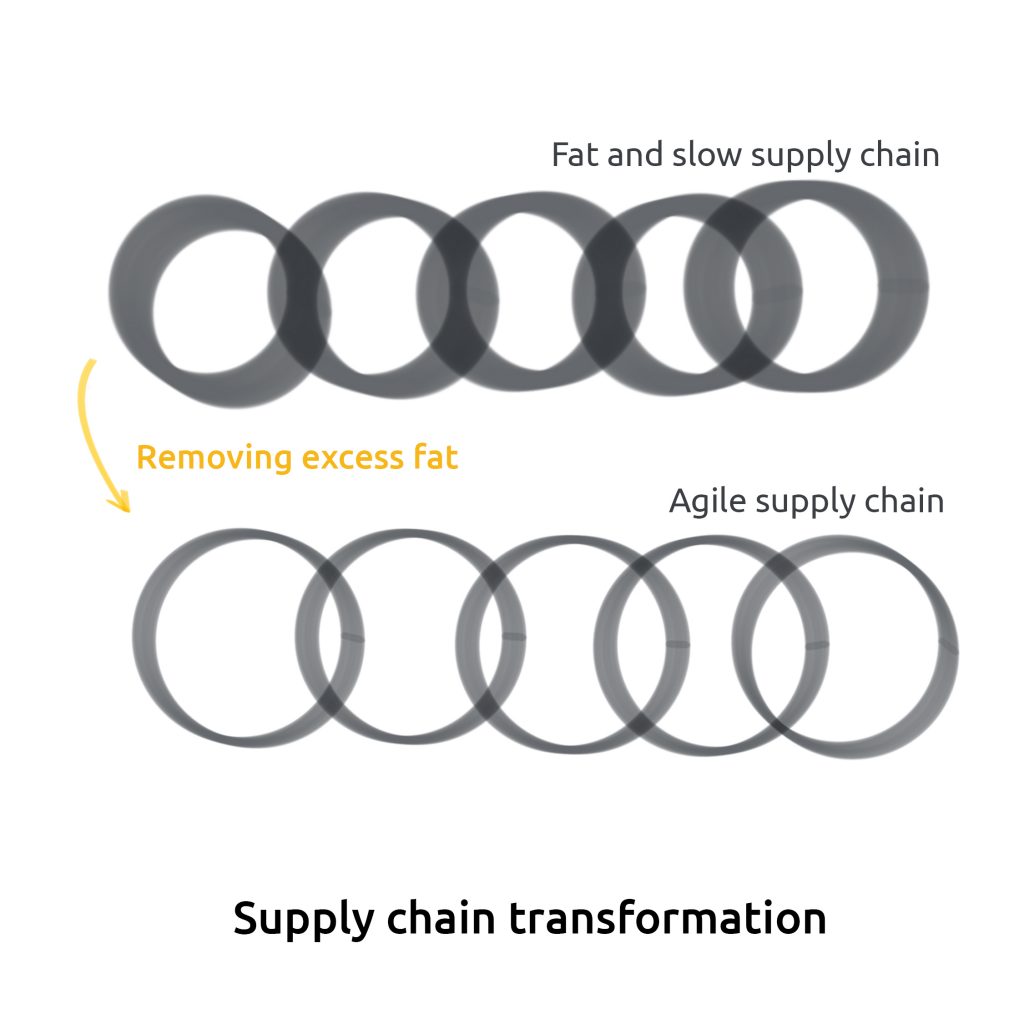
In the supply chain process, the preparation of raw materials to present the final product or service to customers is affected by these unstable external conditions.
Maintaining the efficiency of the supply chain process requires eliminating and reducing additional costs and maintaining the past rhythm.
Market Communication
In VUCA conditions, to manage the internal space of the company and the market, organizations need specialists who properly make the necessary changes within the organization to the imposed conditions.
The same method and thought can no longer be treated in the face of external conditions and the market.
If we believe in the supply and demand cycle, if the shape and nature of demand change, then supply must follow the necessary changes.
Changes begin in the first step based on accurate knowledge of the problems and reasons for the transformation of the market and its analysis.
The second step is to find the root of the problems in the smart team within the organization.
And the third step is to provide the right answer and solution.
Leaders take these three steps who have already created the space for change and growth within their organization.
The changes that came out in shrinking the market and reducing purchases make the competition between brands to maintain market share and take over the remaining small group very high.
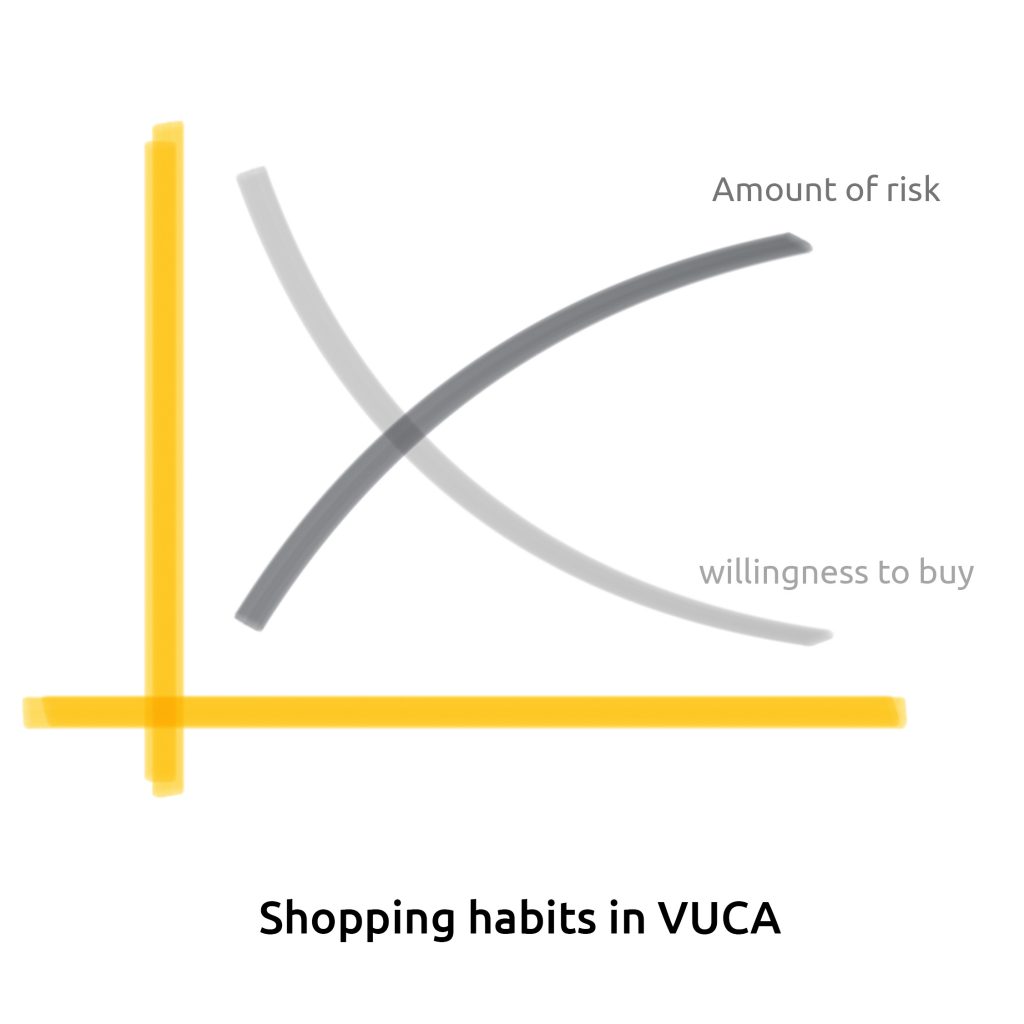
The questions of this section are:
1) Can customers be persuaded to buy like in the past?
2) What parts of the organization that are related to the customer should be redesigned?
Besides we must redesign the presentation of new value as a competitive advantage for new conditions, routes, and customer relations.
Organization Role
Today, organizations seek to transition from competitive advantage to creative advantage of the organization.
Creativity is to maintain or gain more market share. Creativity originates from within the organization.
So, all change begins within companies and their ability to redefine their strategy in such situations.
Equally important, creativity starts with changing the organization’s strategy and moves towards creating a new experience in the customer’s life with a new relationship.
According to the small market and limited customers, the competition is based on the small and sensitive points of the customer.
Indeed, customers based on the small points and details select the brands in such situations.
This level of sensitivity to the product basket and its determining priority depends on people’s lives.
High-priority products that refer to the basic and primitive needs of people have less sensitivity in the selection and products that have low priorities have a higher sensitivity.
Customers are more sensitive and willing to pay for products that are not their first need.
Accordingly, brands should give enough confidence to people to choose and buy without risk.
Under normal circumstances, brands compete to provide different values to customers.
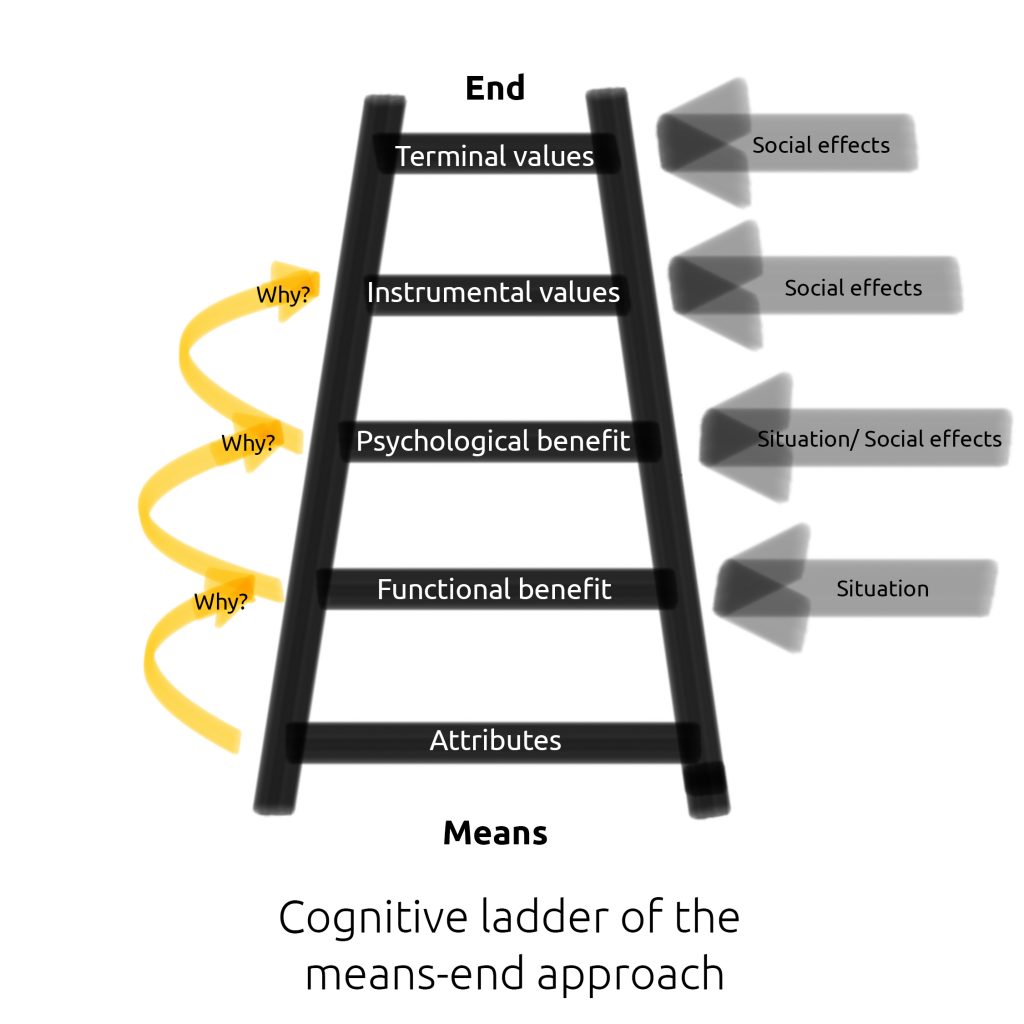
According to the “cognitive ladder”, it is no longer enough to meet the basic and low-level needs, and accordingly, in VUCA conditions, people compare different and more stable values based on this ladder.
Long-term sustainable values give the customer opportunities to select the brand.
But how are these values selected?
How and in what way should these values be conveyed?
Conclusion
In conclusion, redefining and redesigning the inside and communication path with the outside of the organization is inevitable in VUCA conditions.
To resilience such conditions and agility within the organization for sustainable growth in the future, the following should be reconsidered:
1) Organization strategy
2) Organizational development
3) Systems and processes within the organization
Furthermore, in foreign policy in general, brands need to focus on redesigning three categories to build new bridges with customers and express new ideas:
1) Experience design
2) Communication design
3) Interaction design
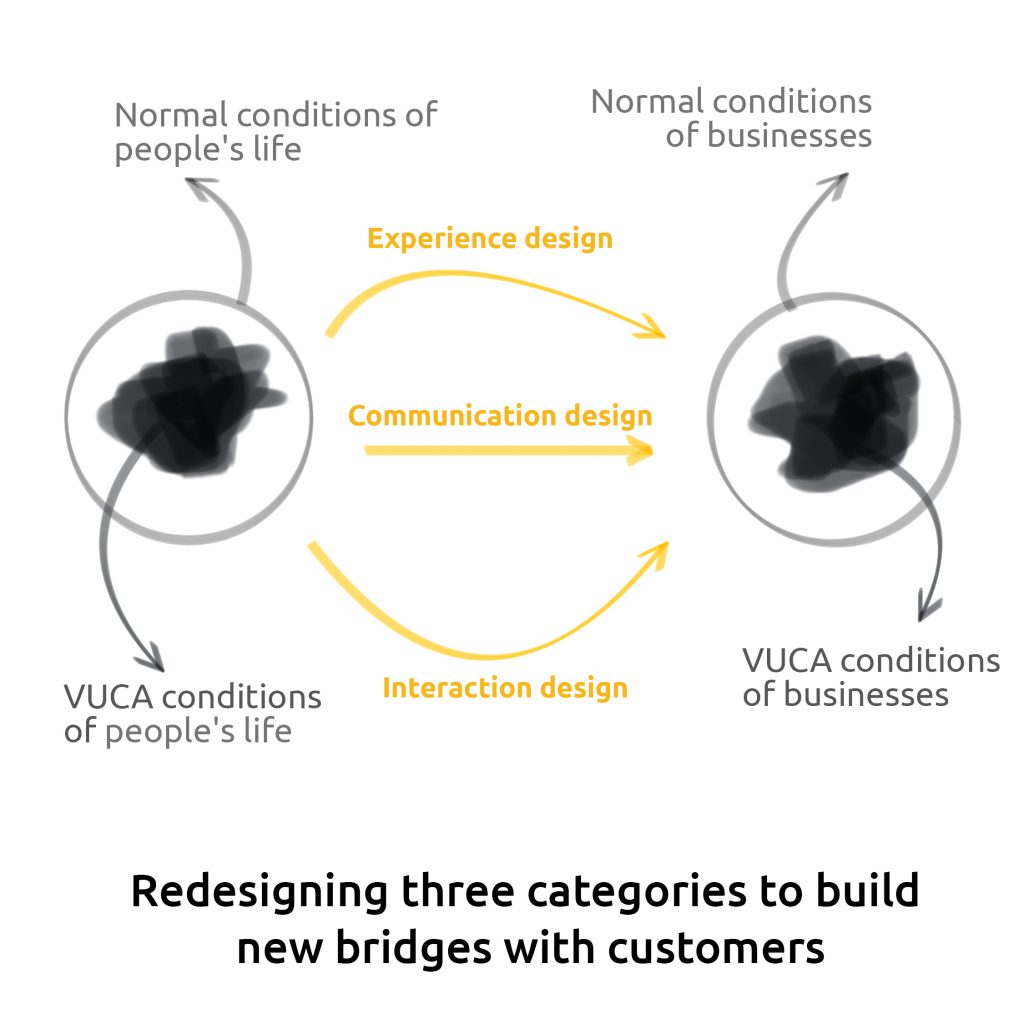
By: Majid Ahmadi Khoshbakht
